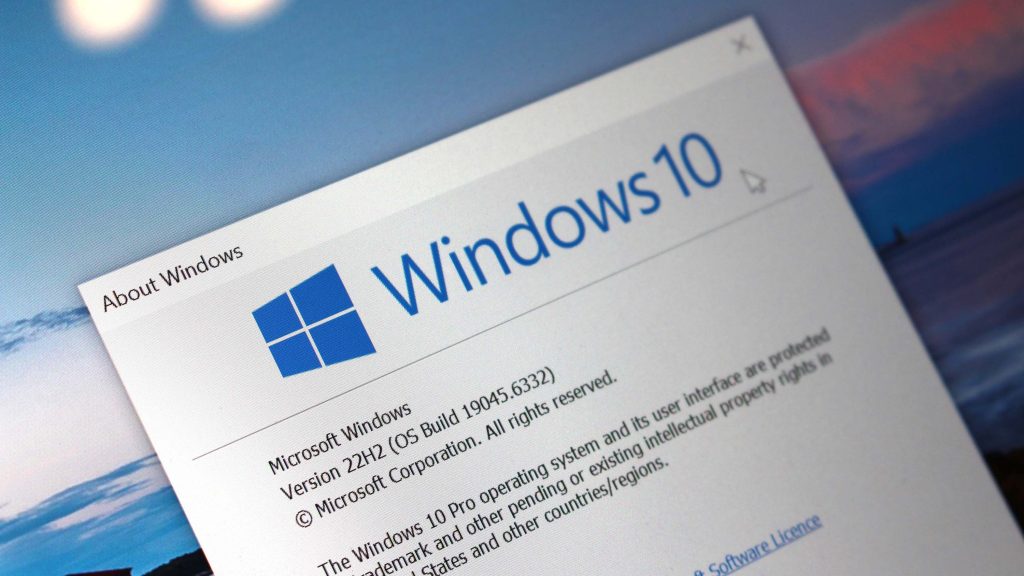Sure! Here’s a paraphrased version of the article, maintaining the core information and formatted in HTML:
<div id="article-body">
<p>The Windows 10 operating system is slated to reach its end of life on October 14, 2025. After a decade of use, Microsoft will cease all maintenance, security updates, and technical support.</p>
<p>This "end of life" event suggests that while your device won’t stop functioning abruptly, continued use of Windows 10 will make it increasingly susceptible to security risks and compatibility issues with both software and hardware. To keep your computer secure, it’s advisable to take action soon—options include enrolling in the Extended Security Updates (ESU) program, upgrading to Windows 11 if hardware permits, or exploring other paths for unsupported devices.</p>
<h2>1. Enroll in the Extended Security Updates Program</h2>
<p>The simplest method to keep your computer running is to enroll it in the ESU program, extending support until October 13, 2026. Microsoft offers three pathways for enrollment:</p>
<ul>
<li><strong>Free:</strong> Available for users backing up files to OneDrive, regardless of whether they have a Microsoft 365 subscription.</li>
<li><strong>Microsoft Rewards:</strong> Redeem points if you are part of Microsoft’s rewards program.</li>
<li><strong>Paid:</strong> Alternatively, pay a fee of $30 for access.</li>
</ul>
<p>Regardless of the chosen option, enrollment can cover up to 10 devices linked to the same Microsoft account, necessitating that you are logged in to your Microsoft account.</p>
<h2>2. Upgrade a Supported PC to Windows 11</h2>
<p>The recommended approach for ongoing usage of your hardware is to upgrade to Windows 11 through the "Windows Update" settings. Depending on your hardware setup, including processor, RAM, and storage, the in-place upgrade option will be available. It’s advised to ensure your computer is using UEFI with TPM enabled for a smoother upgrade process.</p>
<h2>3. Upgrade an Unsupported PC to Windows 11</h2>
<p>Although Windows 11 has strict system prerequisites, an upgrade may still be possible on unsupported hardware by creating custom installation media. However, caution is warranted, as using incompatible hardware raises security risks and is not officially supported by Microsoft. You can bypass these constraints by following specific procedures to create a USB installer.</p>
<h2>FAQs About Windows 10 End of Life</h2>
<p>Common queries concerning the end of Windows 10 support include:</p>
<p><strong>What type of updates will be provided through the ESU program?</strong> The ESU program focuses solely on critical security updates; enhancements and new features will not be included.</p>
<p><strong>Is upgrading to Windows 11 free?</strong> Yes, for compliant devices, upgrading via "Windows Update" is free.</p>
<h2>More Resources</h2>
<p>For additional guidance on Windows 11 and 10, discover comprehensive how-to articles, troubleshooting tips, and essential advice.</p>
</div>Feel free to let me know if you need any modifications!



